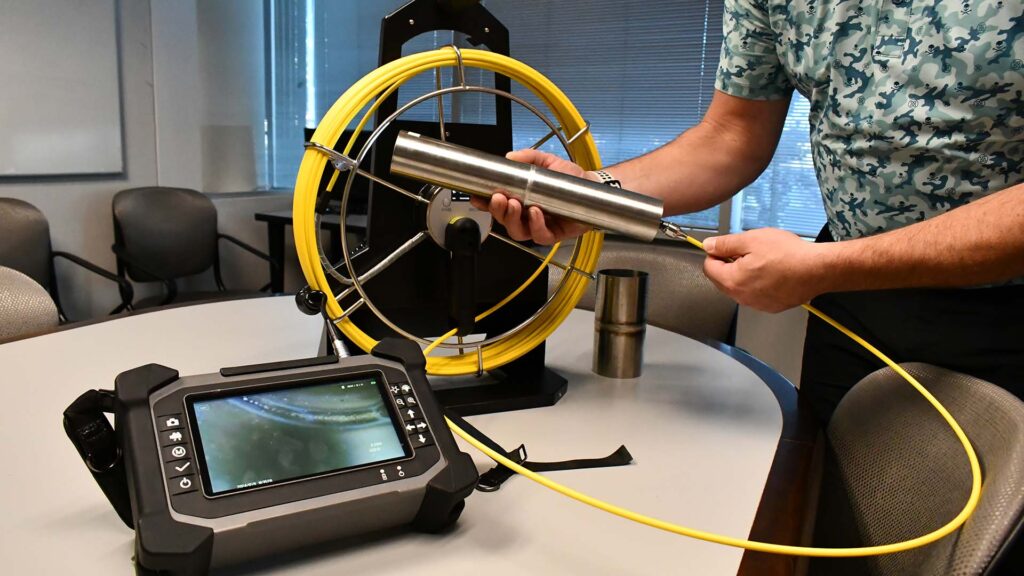As medical marijuana becomes more mainstream across the United States, many patients are looking for clear information on how to access it legally and safely. One essential piece of this process—especially in states like Colorado—is obtaining a Red Card. If you’re curious about what a Red Card is, how to get one, and why it matters, this guide will walk you through everything you need to know.
What Is a Red Card?
The term “Red Card” refers to a medical marijuana identification card issued by a state’s health department. The name originates from Colorado, where the cards used to be printed on red paper. Today, the term is still commonly used to describe a state-issued license that proves a patient is legally allowed to purchase and use medical cannabis.
While some states use different terminology—like “medical marijuana card” or “MMJ card”—the concept is the same: it’s an official certification that connects a patient with a valid medical marijuana recommendation from a licensed doctor.
Who Needs a Red Card?
If you’re dealing with a chronic or debilitating medical condition and believe cannabis could help manage your symptoms, you likely qualify for a Red Card. Conditions that commonly qualify include:
- Chronic pain
- Cancer
- Glaucoma
- PTSD
- Epilepsy
- Severe nausea
- Muscle spasms (e.g., from MS)
Even in states where recreational marijuana is legal, medical users benefit from having a Red Card. Why? Because medical cannabis patients often get access to stronger products, lower taxes, and larger purchase limits—not to mention additional legal protections.
How to Get a Red Card
Obtaining a Red Card may sound complicated, but it’s usually a simple process if you follow the steps:
1. Confirm Eligibility
First, review your state’s list of qualifying medical conditions to ensure you meet the criteria.
2. Schedule an Appointment with a Licensed MMJ Doctor
A medical marijuana doctor will evaluate your condition and determine whether cannabis is a suitable treatment option. Many clinics, like ArriveCare, offer telemedicine visits for added convenience.
3. Complete Your MMJ Exam
During the consultation, the doctor will review your medical history, current symptoms, and past treatments. If you qualify, you’ll receive a recommendation letter or certification.
4. Submit Your State Application
With your recommendation in hand, you’ll complete a state-specific application—typically through an online portal. This may require uploading documents, paying a fee, and verifying your identity.
5. Receive Your Red Card
Once approved, you’ll receive your Red Card in the mail or as a digital version. You can now purchase medical cannabis legally at licensed dispensaries.
Benefits of Having a Red Card
The benefits of having a Red Card go beyond legality. Here’s what you get:
- Legal Protection: You are protected under state law when purchasing, possessing, and using medical cannabis.
- Higher Potency Products: Medical users can access stronger strains and more effective formulations.
- Lower Taxes: In most states, medical marijuana is taxed at a much lower rate than recreational cannabis.
- Priority Access: In times of high demand or supply shortages, medical patients often get priority.
These benefits can lead to better symptom control, lower costs, and a more personalized treatment experience.
Red Card Renewal and Maintenance
Most Red Cards are valid for 12 months and need to be renewed annually. Stay ahead of expiration dates by scheduling follow-up appointments with your MMJ doctor and keeping your medical documentation current. Each state has its own renewal process, so be sure to follow local guidelines.
Common Myths About the Red Card
Let’s debunk a few myths:
- “I don’t need a Red Card if recreational is legal.”
False. Medical users still receive significant advantages with a Red Card. - “It’s too hard to get a Red Card.”
False. With streamlined online services, the process is easier than ever. - “It’s not private.”
False. Your medical cannabis use is protected by health privacy laws (e.g., HIPAA).
Conclusion
A Red Card is more than just a license—it’s your key to safe, affordable, and effective access to medical marijuana. If you’re living with a qualifying condition and want cannabis as part of your treatment plan, applying for a Red Card is a smart and simple decision.



